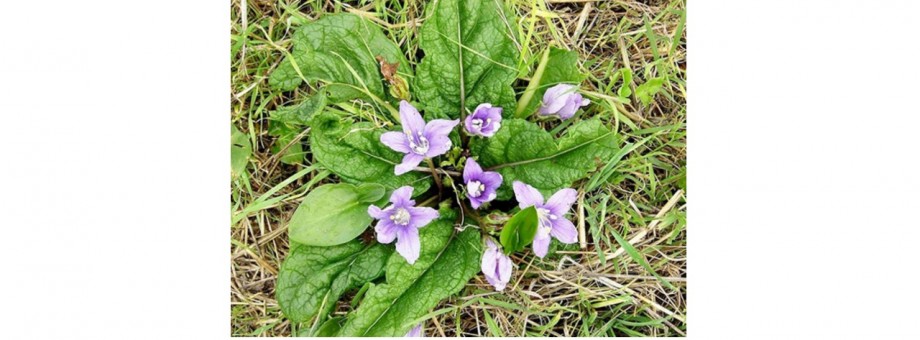MANDRAGORA – «BRINGING RAIN»

Mentions of the mandrake are found in Egyptian manuscripts 4000 years ago. Among the ancient healers of the East, it was in the first place in the list of medicinal plants, and now the famous ginseng only in third.
About mandrake, which "looks like cherry plum, the flesh is reddish like that of a plum, and the fruit tastes like a tomato", botanists say that this amazing plant was considered sacred in ancient times. And not everyone was trusted to dig it up.
Usually, large mandrake leaves lie on the surface of the earth. However, a couple of days before the rain, they rise almost vertically. Therefore, one of the epithets of the plant in ancient times sounded like "bringing rain".
In the fabulous cycle "A Thousand and One Nights" and the legends of the Arab countries, mandrake is an indispensable attribute of the search for treasures, and the owner of its root is given to recognize other people's thoughts and understand the language of animals and birds. During surgical operations, ancient Greek doctors used sponges soaked in hot mandrake juice for anesthesia.
The famous biologist Karl Linnaeus, who was a well-known practitioner in the capital of Sweden, Stockholm, having studied the healing properties of the plant, gave it the name “atropa mandragora” in his classification, that is, “healing mandrake”.
The famous botanist-breeder and artist Olga Mizgireva, who for many years was the director of the Turkmen experimental plant growing station in Karakala (now Makhtumkuli), did a lot to study the mandrake. In 1938, in the vicinity of the village, she discovered a unique variety of this relict plant, which was included in scientific work under the name of Turkmen mandrake (Mandragora turcomanica), became a scientific sensation. Subsequently, Mizgireva defended her Ph.D. thesis on the topic "Mandragora Turkmen, its biology and the possibility of introducing into culture", having received the degree of candidate of biological sciences.
The plant, unusual in its properties, differed from the previously known species by a very large leaf rosette - up to one and a half meters in diameter, larger fruits, and also a number of other signs. The local population called the plant "selmelek".
In 1991, the famous archaeologist Igor Nikolaevich Khlopin left the following record about the Turkmen mandrake: “Haoma is a plant that has survived to our time only on the middle reaches of the Sumbar, and because of its rarity is listed in the “ Red Book ”- this is the Turkmen mandrake, the fruits of which, when dried, can be stored for a long time and transported over long distances. "
Historical information about the use of Turkmen mandrake in folk medicine is also found in the book of the President of Turkmenistan Gurbanguly Berdimuhamedov "Medicinal plants of Turkmenistan". Decoctions of leaves of the Turkmen mandrake have wound healing and tonic effects.
Roman Teplyakov


 NEWS
NEWS